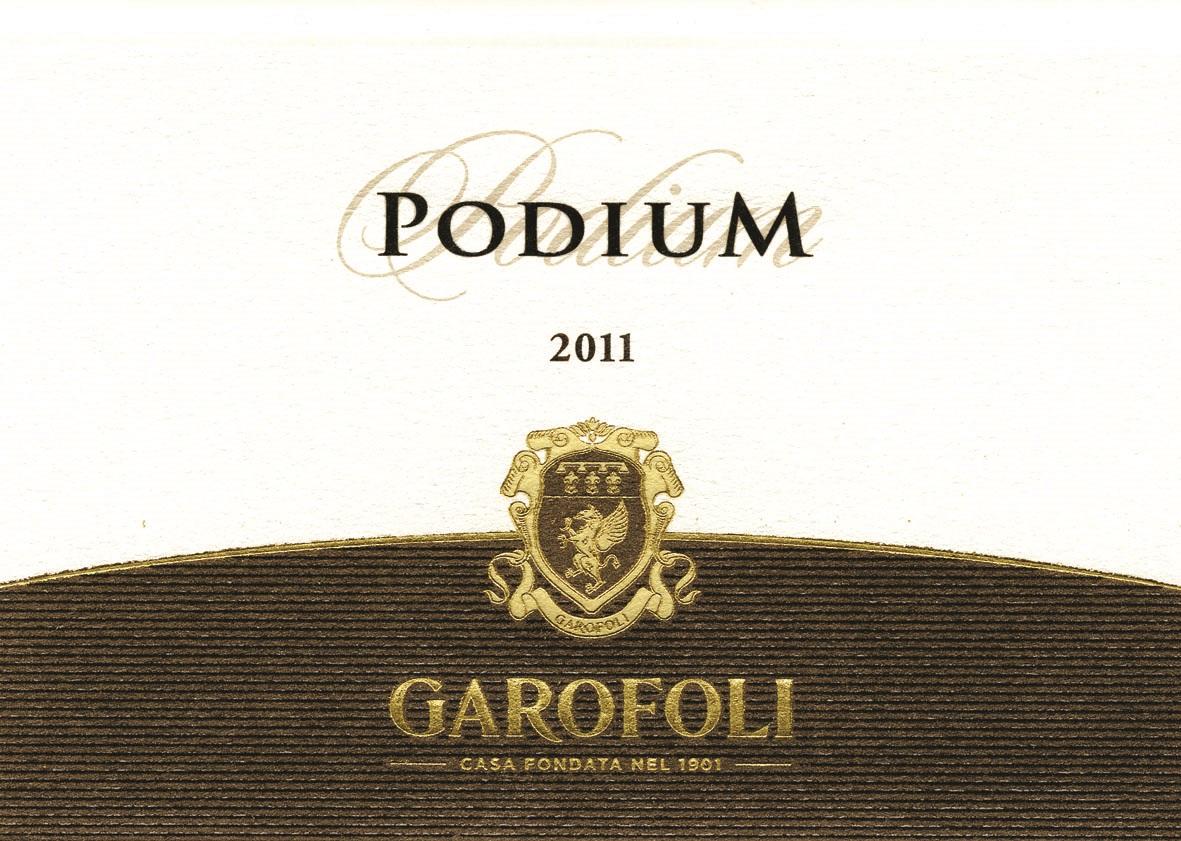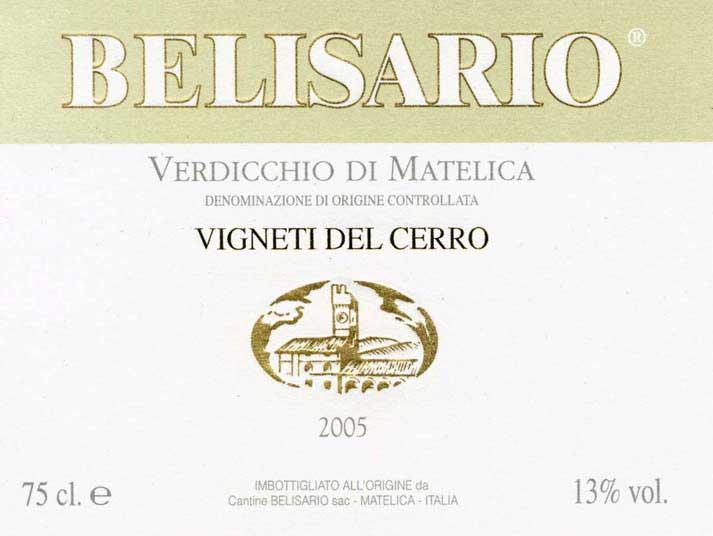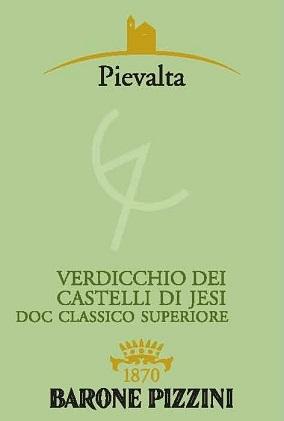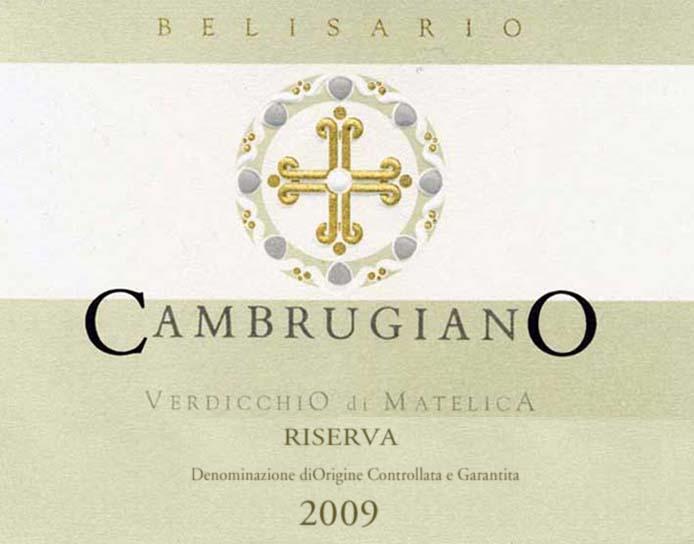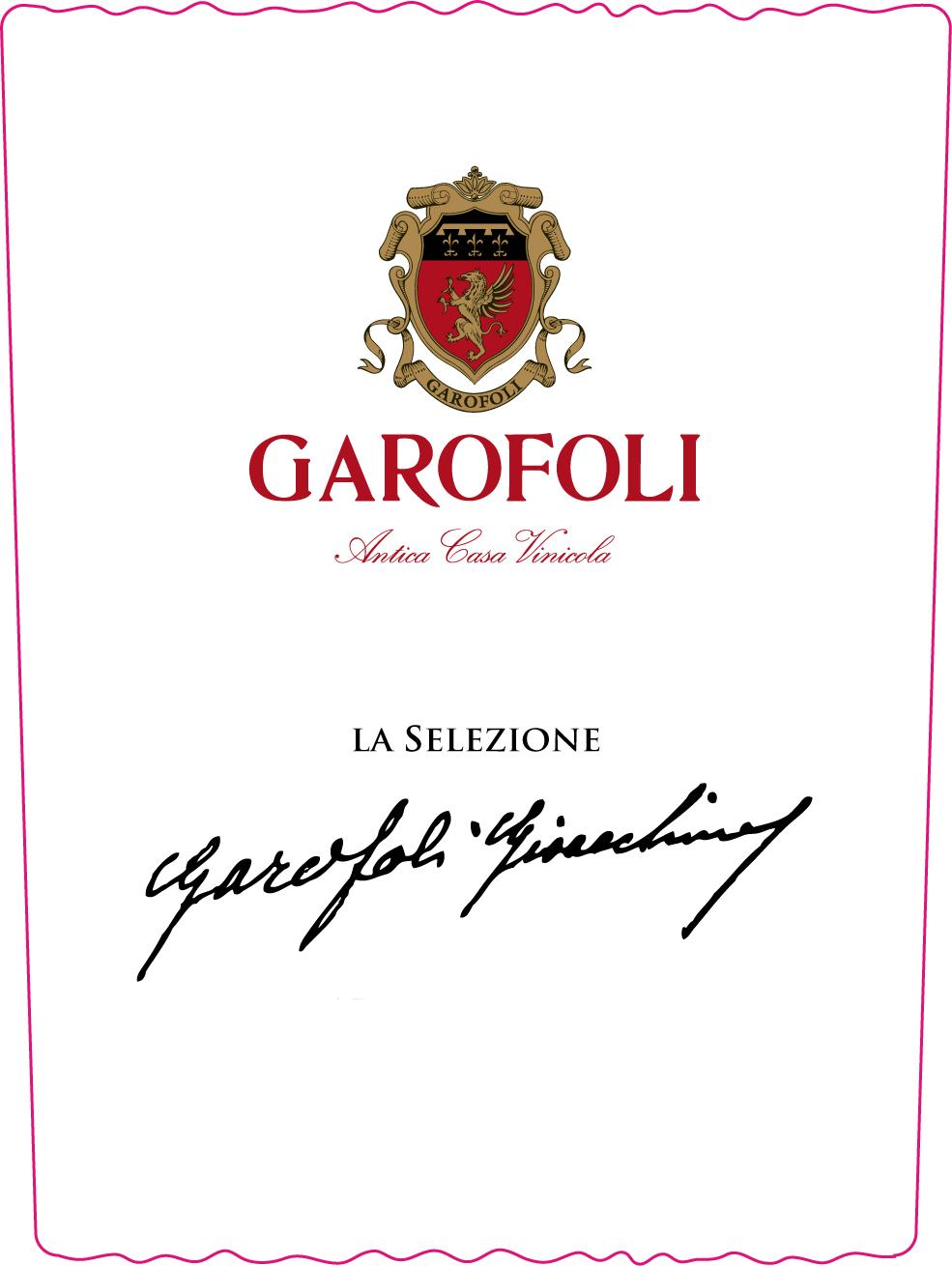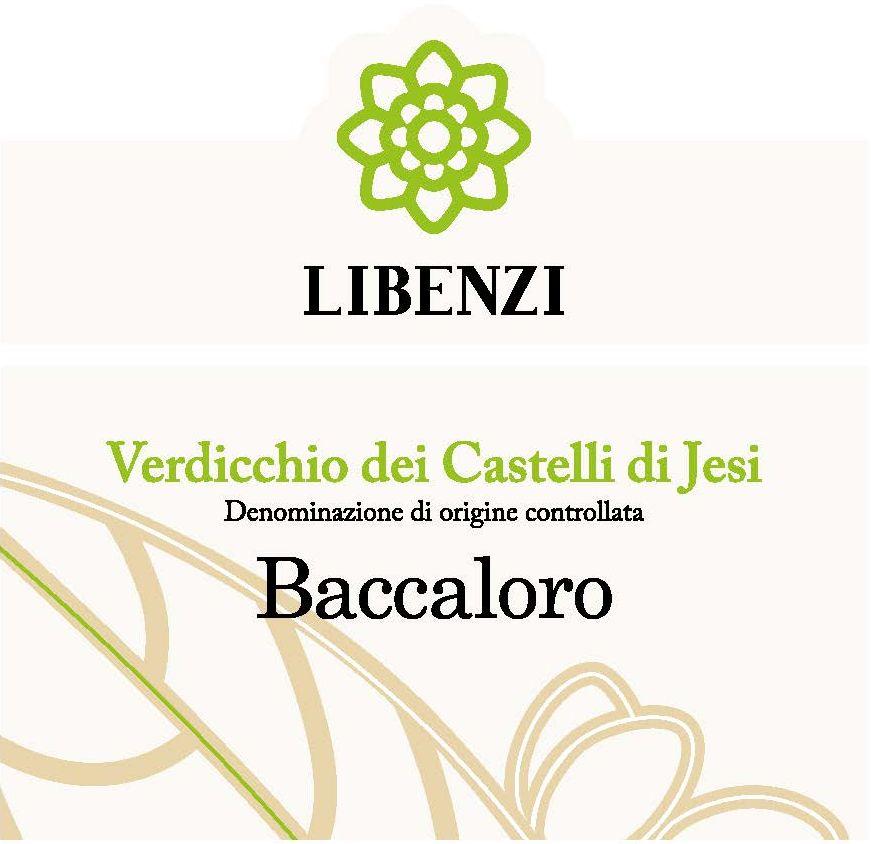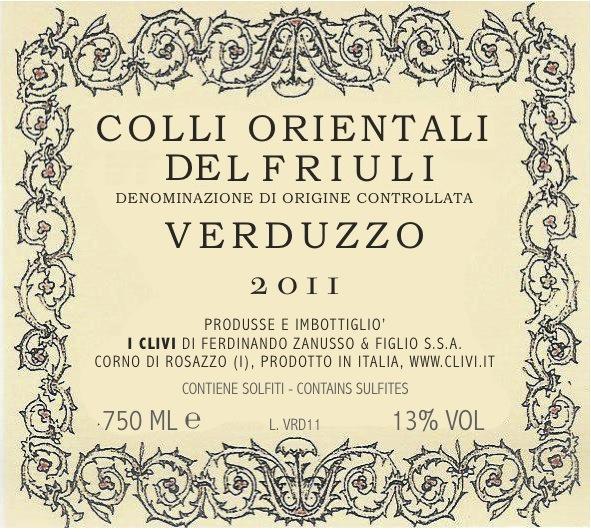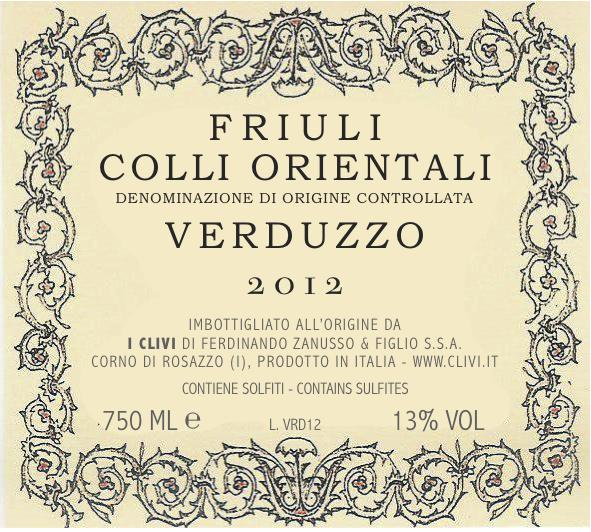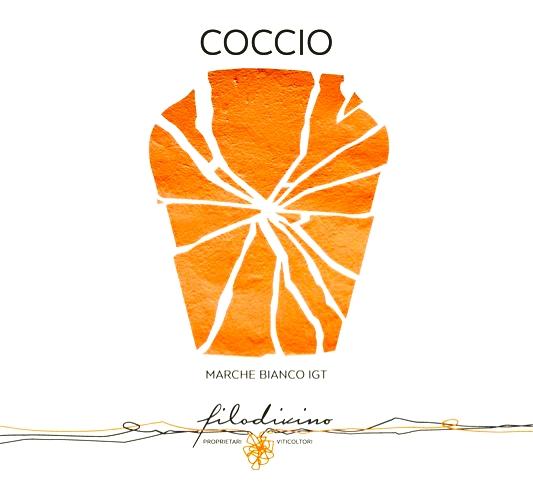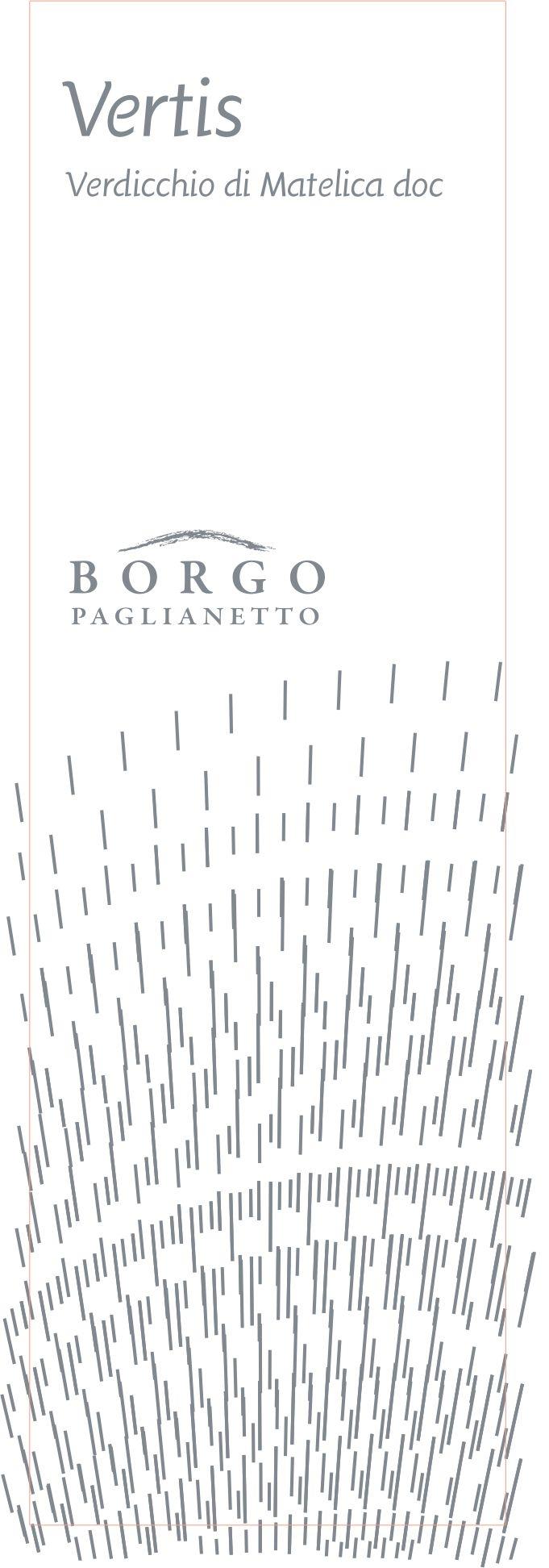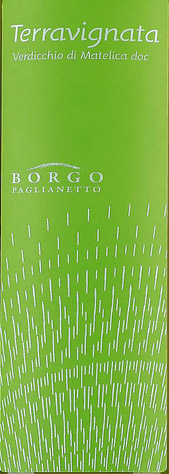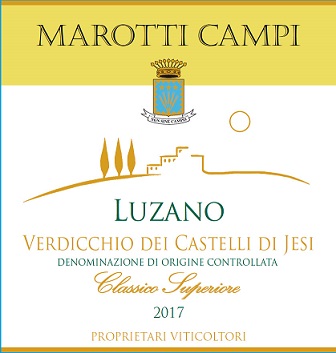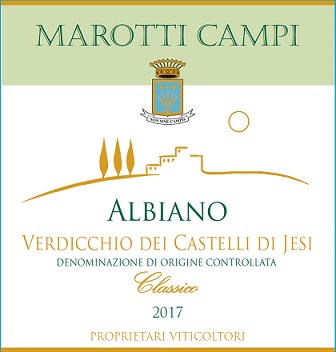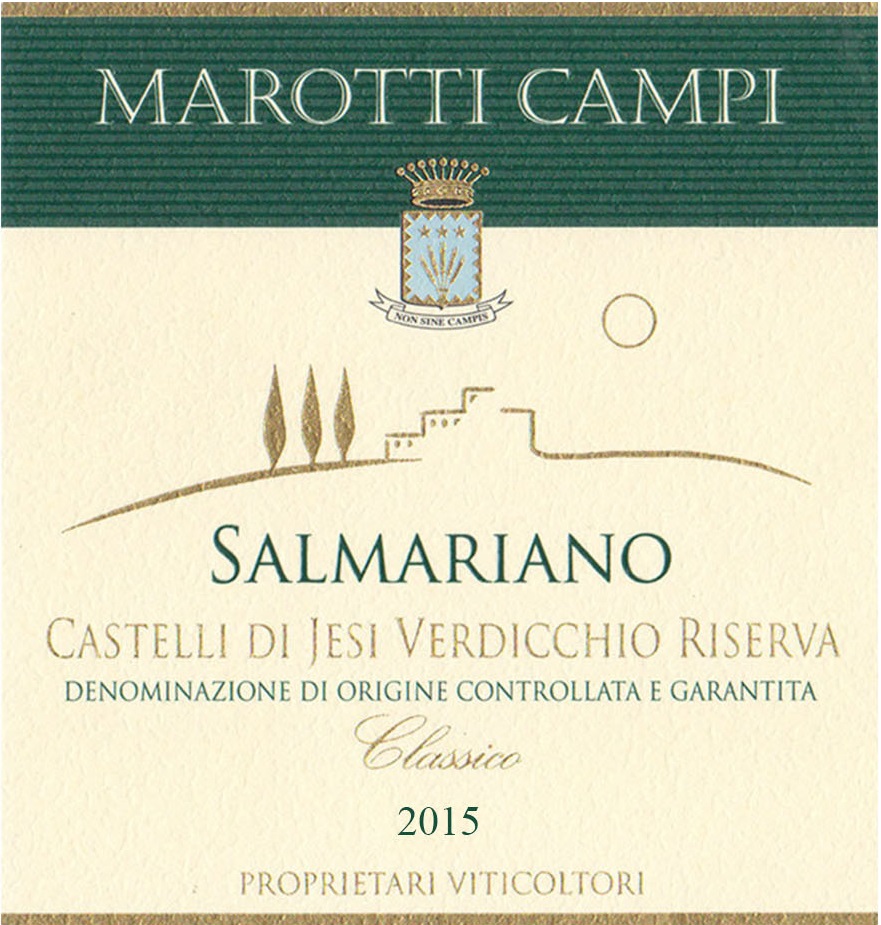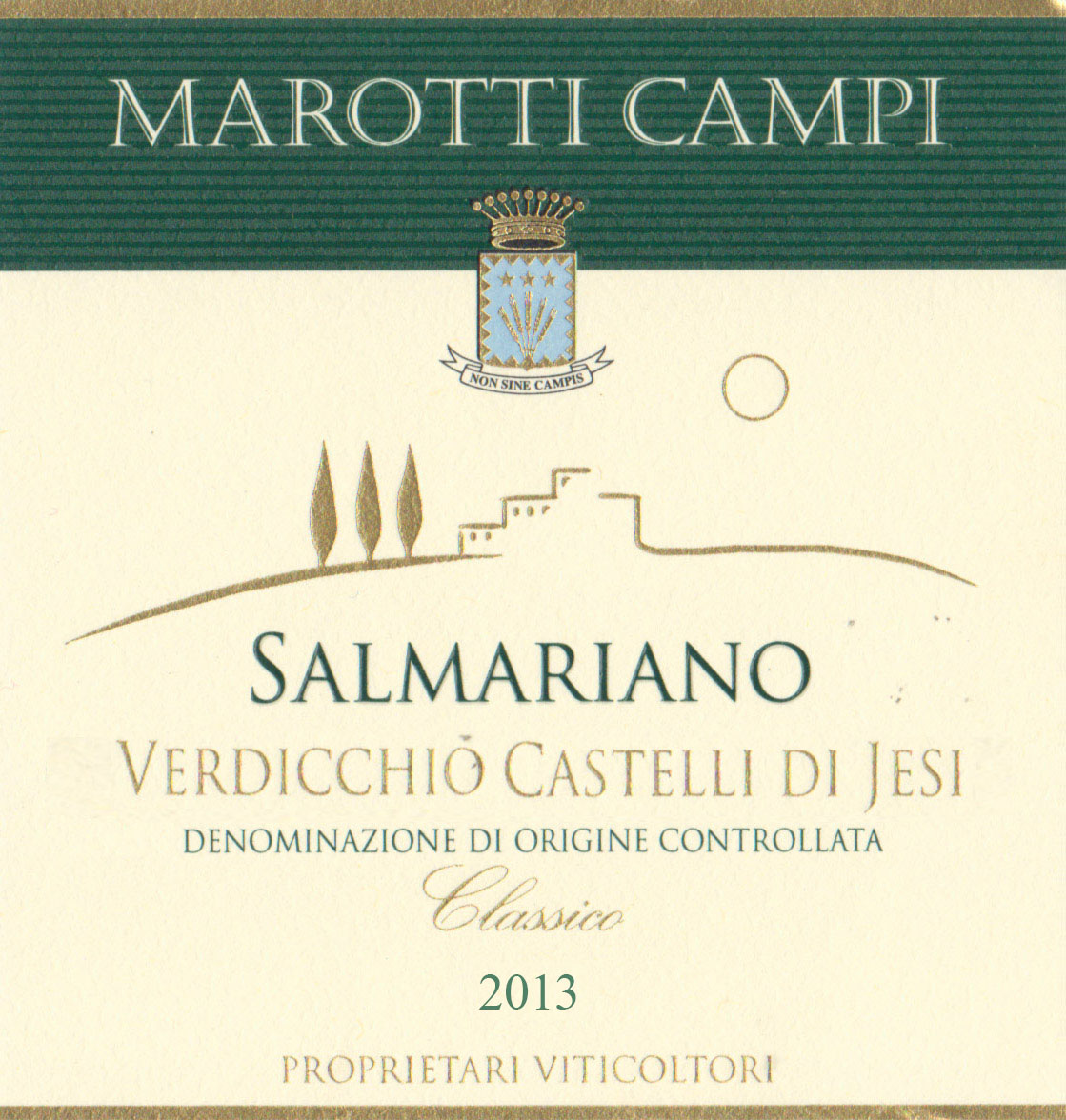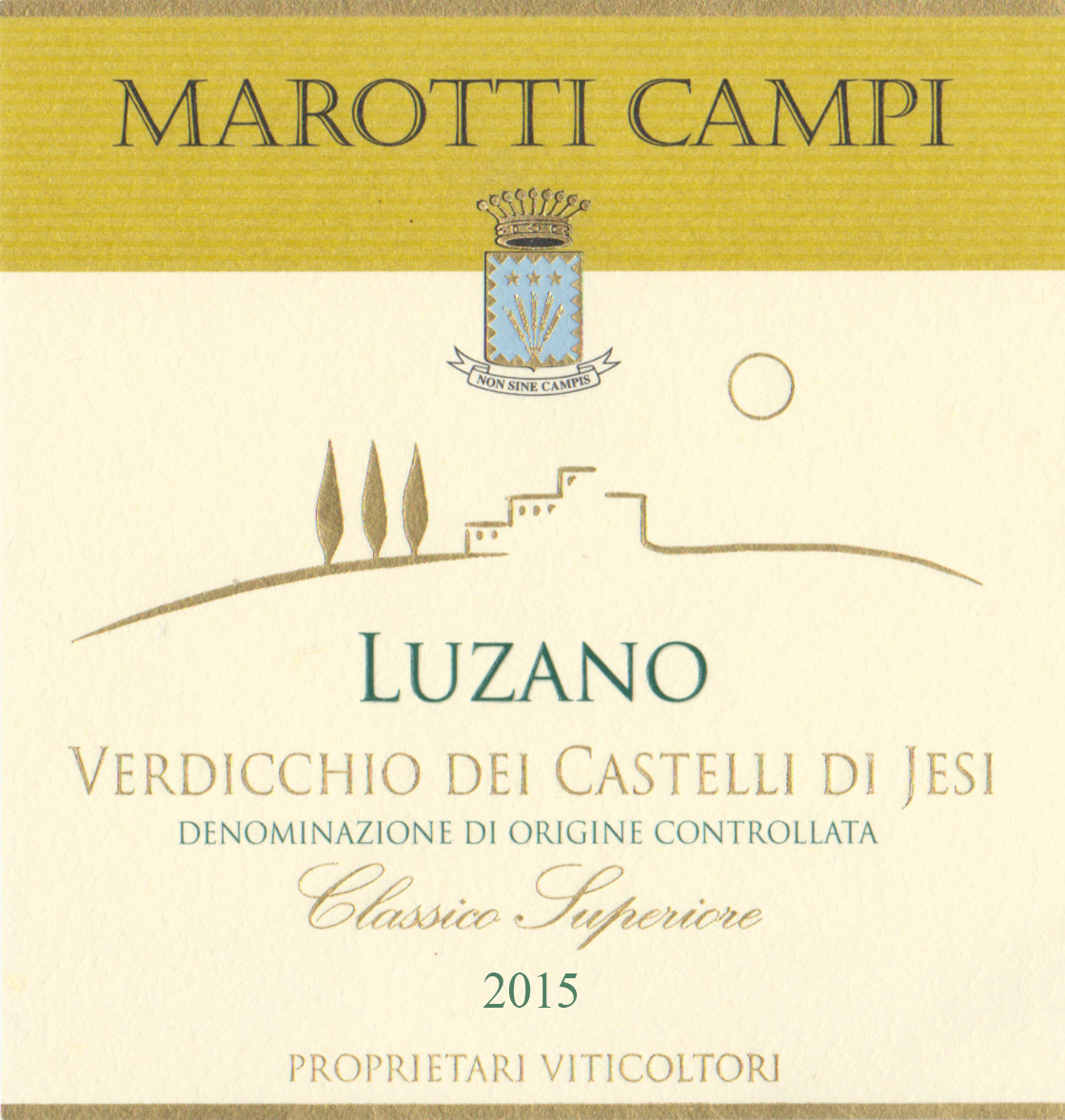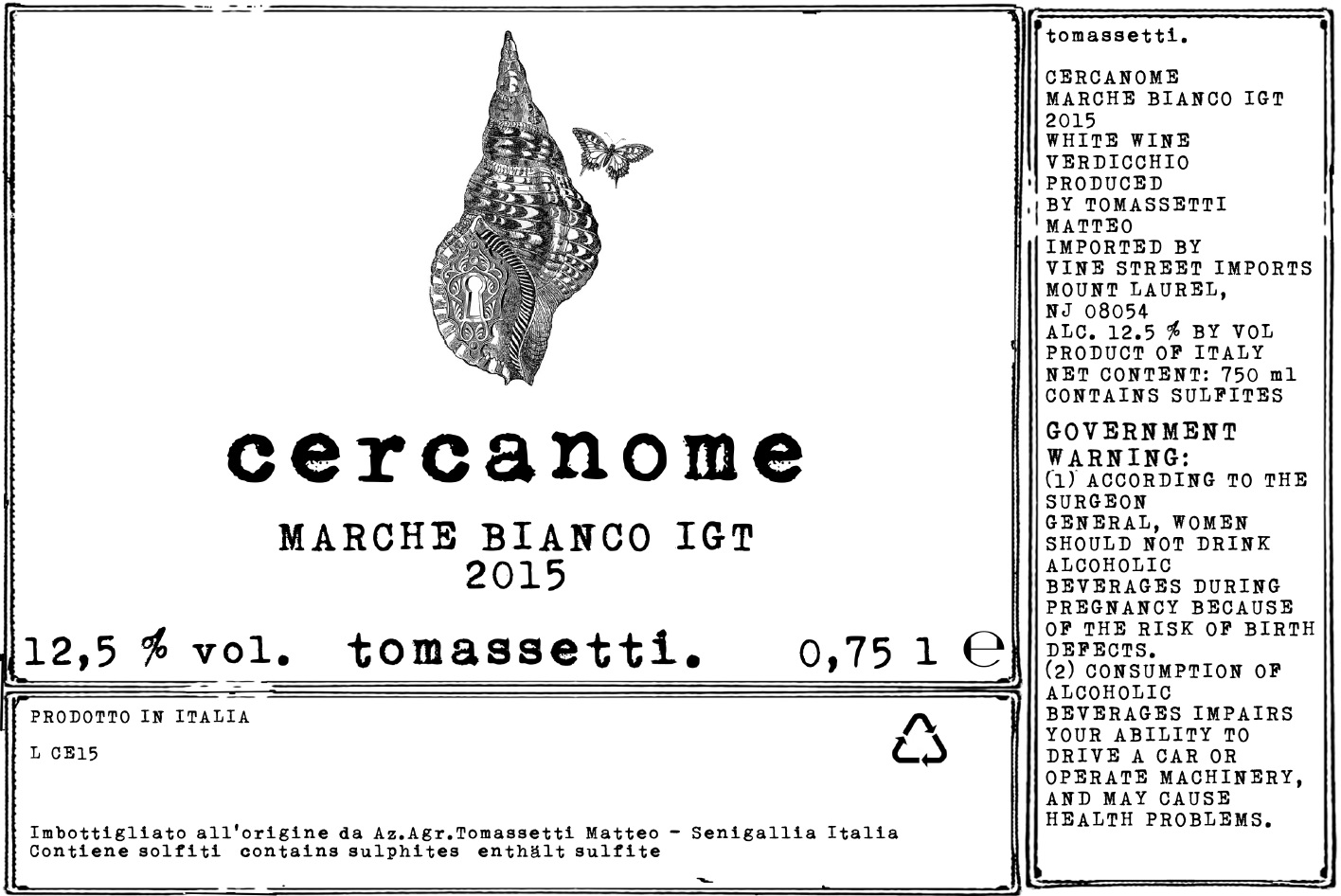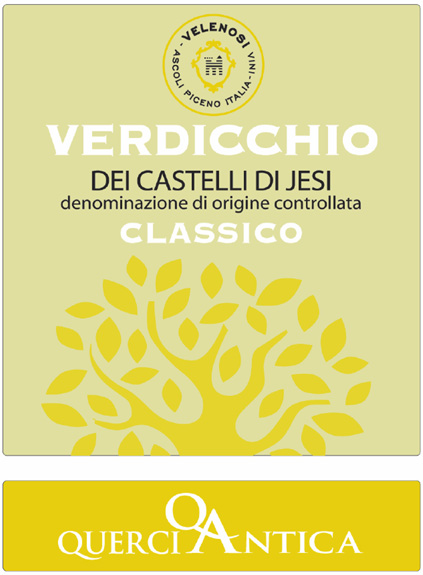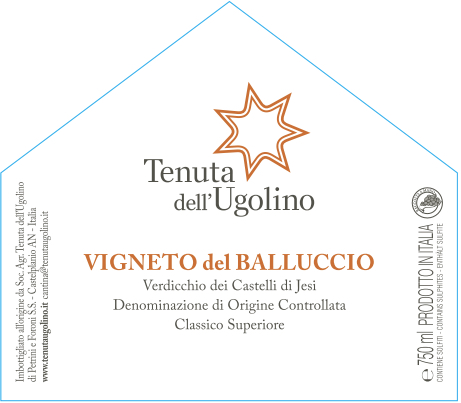Characteristics of Verdicchio
Verdicchio, named after the Italian word "verde" (green), is primarily grown in the Marche region of central Italy and is known for its bright, zesty acidity. In the glass, it shows a pale straw color with distinctive greenish-yellow reflections, reflecting both its freshness and its name.
The grape produces a range of styles, from light to medium-bodied dry wines—especially under the DOCs Verdicchio dei Castelli di Jesi and Verdicchio di Matelica—to notable sparkling (Spumante) and sweet (Passito) versions. Expect flavors of citrus, green apple, almond, and a mineral edge, with the natural acidity ensuring a lively, refreshing finish and impressive aging potential.
What Does Verdicchio Taste Like?
Verdicchio’s flavor profile is profoundly influenced by its regional origins and climate, with Matelica’s altitude and soils imparting a pronounced mineral character—flinty and stony—while proximity to the Adriatic lends a subtle salinity.
These elements complement core flavors of green apple, citrus, stone fruits, and pear, alongside nuanced herbal and floral notes such as fennel, dried herbs, and chamomile. Bottle aging can introduce tertiary aromas of honey or toasted nuts, while lees aging brings a creamy, silken texture. Oak use may add hints of vanilla, toast, smoke, and a fuller body, and the signature bitter almond finish is most pronounced in pure, structurally focused styles, varying in intensity with the wine’s complexity.
-
Cooler, elevated sites (e.g., Matelica): Deliver sharper acidity and a more focused, mineral-driven palate, with a characteristically lingering bitter almond finish that is most intense in structured styles.
-
Vineyards near the coast: Often reveal a saline edge, enhancing freshness and pairing especially well with seafood.
-
Winemaking choices: Lees aging can impart a creamy, silken mouthfeel, while oak introduces notes of vanilla, toast, and smoke, contributing to a fuller body; bottle age brings out honeyed and nutty nuances.
Notable Region Verdicchio Grows In
The character of Verdicchio is deeply shaped by its regional origins, with each key area imparting distinctive nuances to the grape’s expression.
-
Marche: The heartland of Verdicchio, where the grape achieves its highest quality and greatest varietal clarity thanks to the region’s diverse microclimates and soils.
-
Verdicchio dei Castelli di Jesi DOC/DOCG: Rolling hills near the Adriatic Sea create wines that are elegant and fruit-driven, with lively acidity and a subtle mineral edge.
-
Verdicchio di Matelica DOC/DOCG: Higher elevation vineyards in the Apennines yield more structured, mineral-rich wines with notable freshness and complexity.
-
Umbria (Colli del Trasimeno DOC): Though less prominent, Umbria showcases Verdicchio as a blending component, adding freshness and character to local white wines.
Food Pairings
Verdicchio is a bright, refreshing white wine that brings out the best in a variety of foods thanks to its lively acidity and subtle minerality.
-
Seafood and Shellfish: Its crisp, saline notes make Verdicchio an ideal partner for grilled white fish, oysters, clams, shrimp, and classic Italian fritto misto, keeping every bite tasting fresh.
-
Pasta, Risotto, and Poultry: Try Verdicchio with pasta in pesto or creamy mushroom sauce, truffle risotto, or herb-roasted chicken—its herbal accents and balanced structure complement bold flavors without overpowering them.
-
Vegetables, Regional Specialties, and Cheese: Verdicchio pairs beautifully with Marche favorites like Olive Ascolane and shines alongside young Pecorino or goat cheese, especially in dishes featuring fresh herbs and vegetables.


